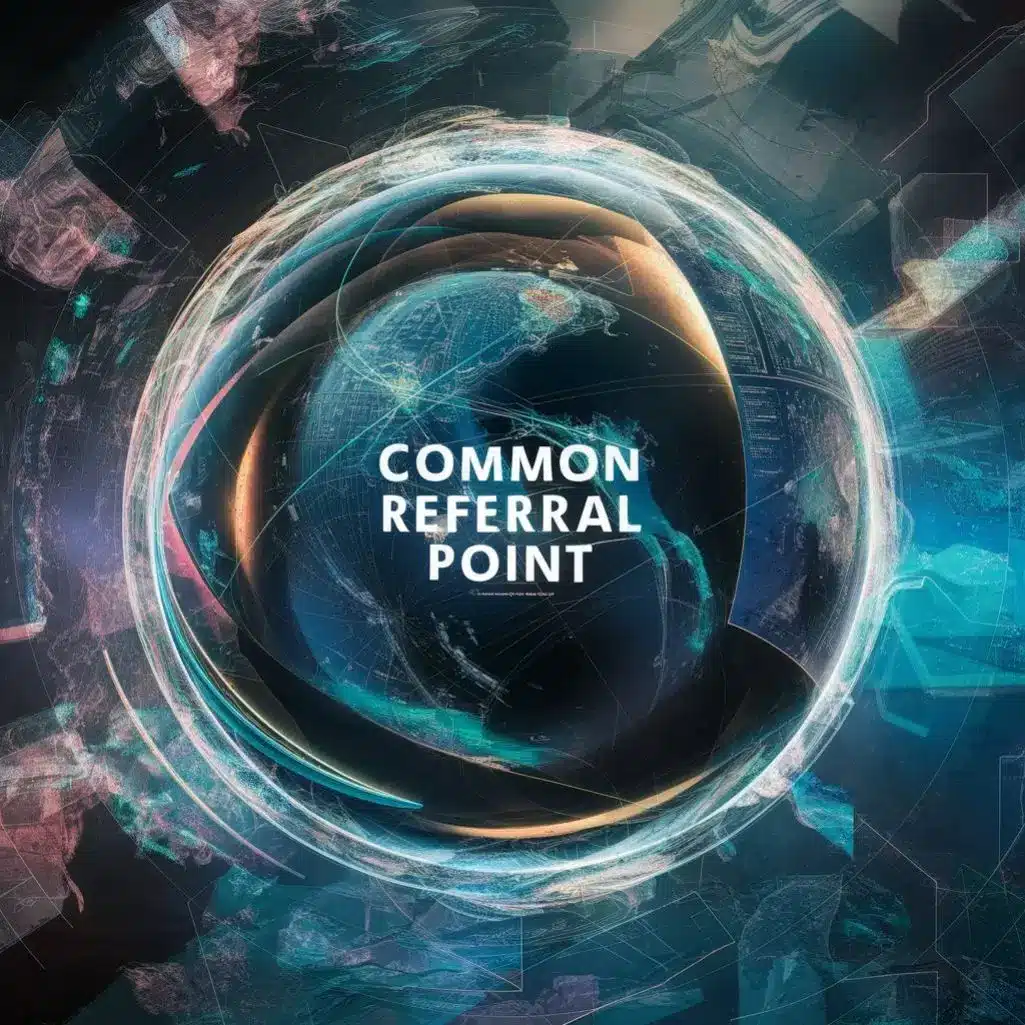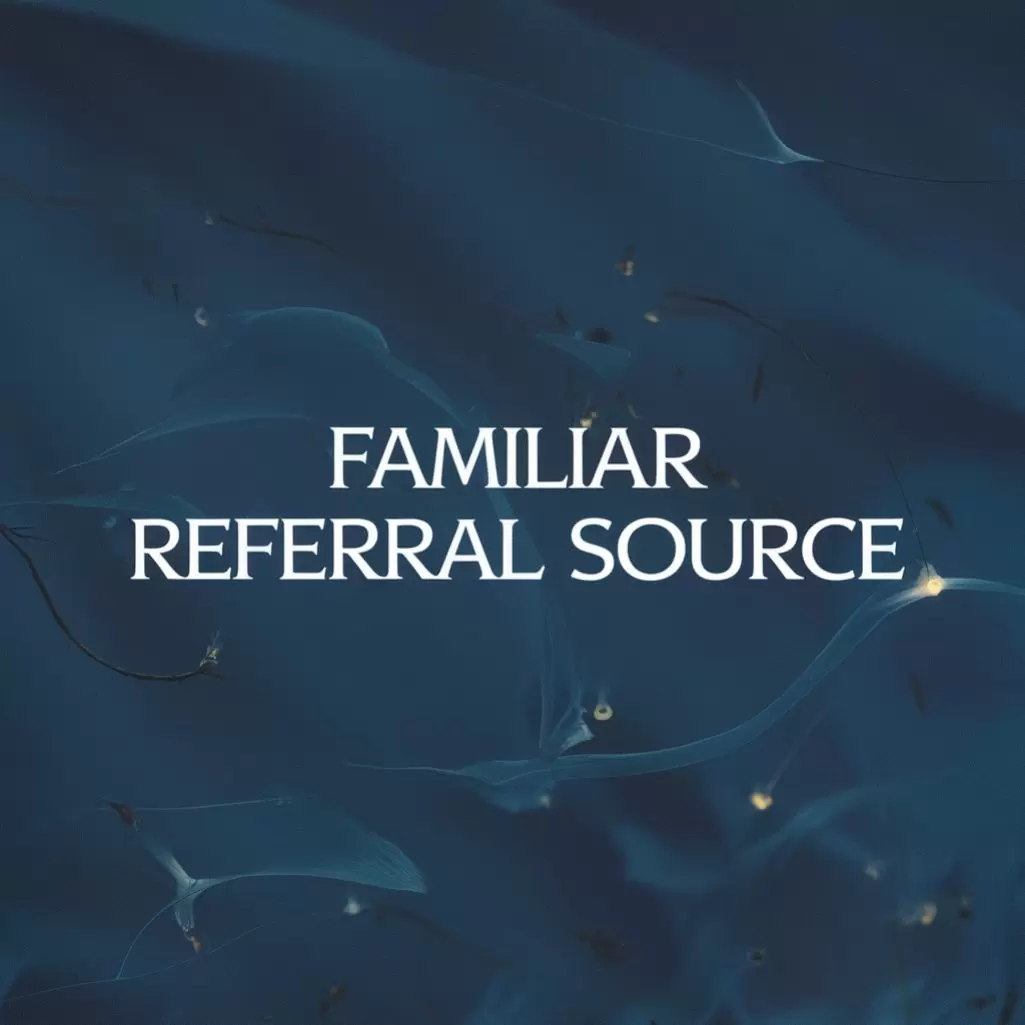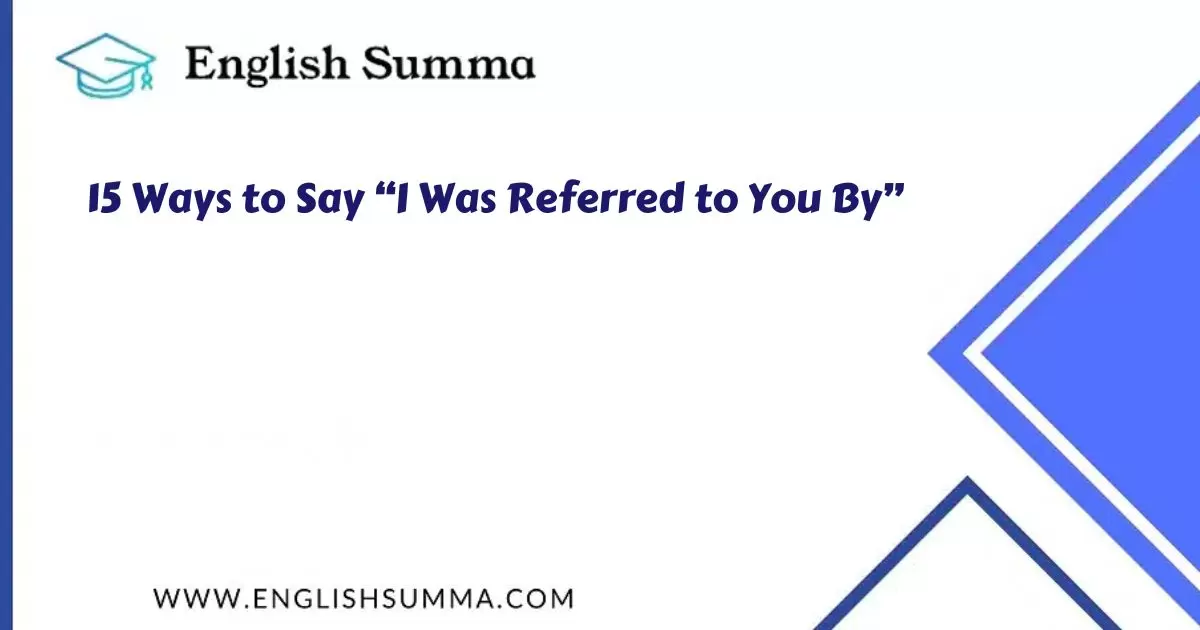Step into the realm of professional networking mastery with our comprehensive guide: “15 Ways to Say ‘I Was Referred to You By'”.
Whether you’re navigating the corridors of corporate connections or diving into the depths of entrepreneurial engagements, this curated collection of strategies promises to elevate your referral game to unprecedented heights.
Join us as we unravel the art of introductions, revealing a treasure trove of linguistic gems to open doors and forge meaningful connections in the professional landscape.
1. Introduction Source
When initiating contact through a referral, it’s essential to acknowledge the source who facilitated the connection. Utilizing phrases like “I was referred to you by” establishes immediate rapport and trust.
Scenario Example:
Subject: Introduction from a Mutual Connection
Dear Daniel,
I hope this email finds you well. My name is Adam Evans, and I was referred to you by our mutual acquaintance, Sarah Johnson. She spoke highly of your expertise in marketing strategy and suggested that I reach out to you for guidance on a project I’m currently working on.
2. Mutual Connection Mention
Drawing attention to a mutual connection can serve as an effective icebreaker when reaching out to someone new. It establishes common ground and fosters a sense of familiarity.
Scenario Example:
Subject: Introduction via a Common Referral Point
Dear Daniel,
I trust this email finds you in good spirits. I’m Adam Evans, and I have the pleasure of knowing John Smith, who mentioned that you would be the perfect person to discuss potential collaboration opportunities with. John speaks highly of your innovative approach to project management, and I’m eager to learn more about how we can work together.
3. Common Referral Point

Highlighting a common referral point emphasizes the relevance of the introduction and reinforces the legitimacy of the connection.
Scenario Example:
Subject: Introduction through a Shared Referral Link
Dear Daniel,
I hope this message reaches you well. My name is Adam Evans, and I’m reaching out to you based on a shared referral link provided by Emma Thompson. Emma mentioned that you have extensive experience in software development and suggested that I connect with you to explore potential collaboration opportunities. I’m excited about the possibility of working together and would love to discuss further at your earliest convenience.
Read More: Formal Ways to Say “I’m Glad to Hear That”
4. Shared Referral Link
Referencing a shared referral link adds a layer of authenticity to the introduction and signals to the recipient that the connection is not arbitrary but comes from a trusted source.
Scenario Example:
Subject: Introduction with a Reference Connection
Dear Daniel,
I trust this email finds you well. I’m reaching out to introduce myself as Adam Evans, and I come referred by Michael Davis. Michael mentioned that you have a keen eye for innovative design concepts, and he thought that your insights would be invaluable as I embark on a new project. I look forward to the opportunity to connect and discuss further.
5. Reference Connection
Incorporating a reference connection into the introduction provides context and credibility to the outreach effort.
Scenario Example:
Subject: Referred Introduction
Dear Daniel,
I hope this email finds you well. My name is Adam Evans, and I’ve been referred to you by Lisa Roberts. Lisa spoke highly of your expertise in financial analysis and suggested that I reach out to you for guidance on a project I’m currently working on. I’m eager to learn from your insights and would greatly appreciate the opportunity to connect.
6. Referred Introduction
A referred introduction indicates that the sender has been specifically directed to the recipient by a mutual connection, adding weight to the outreach effort.
Scenario Example:
Subject: Introduction through a Familiar Introduction Source
Dear Daniel,
I trust this email finds you in good spirits. My name is Adam Evans, and I come referred by James Anderson. James mentioned that you’re the go-to person for strategic business development initiatives and suggested that I reach out to you for advice on a project I’m currently managing. I’m looking forward to the possibility of collaborating with you and learning from your expertise.
7. Familiar Introduction Source
Making reference to a familiar introduction source underscores the legitimacy of the referral and fosters a sense of trust between the sender and the recipient.
Scenario Example:
Subject: Introduction via a Shared Referral Contact
Dear Daniel,
I hope this email finds you well. I’m reaching out to introduce myself as Adam Evans, and I come referred by Emily Wilson. Emily mentioned that you have a wealth of experience in digital marketing strategies, and she thought that your insights would be incredibly valuable as I navigate a new project. I’m excited about the opportunity to connect and discuss potential synergies.
8. Shared Referral Contact
Acknowledging a shared referral contact reinforces the connection between the sender and the recipient and underscores the relevance of the outreach effort.
Scenario Example:
Subject: Introduction through a Joint Connection Introduction
Dear Daniel,
I trust this email finds you in good spirits. My name is Adam Evans, and I’m reaching out to you based on a joint connection introduction provided by William Taylor. William mentioned that you have a knack for identifying market trends and suggested that I connect with you to explore potential collaboration opportunities. I’m eager to learn from your expertise and would appreciate the chance to discuss further.
9. Joint Connection Introduction
Highlighting a joint connection introduction emphasizes the collaborative nature of the referral and enhances the credibility of the outreach effort.
Scenario Example:
Subject: Introduction with a Referred Introduction Link
Dear Daniel,
I hope this email finds you well. My name is Adam Evans, and I’m writing to you based on a referred introduction link provided by Olivia Clark. Olivia mentioned that you have a strong track record in project management and suggested that I reach out to you for advice on a new initiative I’m spearheading. I’m excited about the possibility of collaborating with you and would love to explore how we can work together.
10. Referred Introduction Link
Incorporating a referred introduction link into the outreach effort provides a direct pathway for the recipient to validate the referral source and facilitates seamless communication.
Scenario Example:
Subject: Introduction through a Familiar Referral Source
Dear Daniel,
I trust this email finds you well. My name is Adam Evans, and I come referred by Rebecca Garcia. Rebecca mentioned that you’re a thought leader in the field of sustainable energy solutions and suggested that I reach out to you for insights on a project I’m currently involved in. I’m eager to learn from your expertise and would greatly appreciate the opportunity to connect.
11. Familiar Referral Source

Drawing attention to a familiar referral source enhances the credibility of the introduction and fosters a sense of trust between the sender and the recipient.
Scenario Example:
Subject: Introduction via a Mutual Referral Connection
Dear Daniel,
I hope this message finds you well. My name is Adam Evans, and I’m reaching out to you based on a mutual referral connection with Robert Johnson.
Robert mentioned that you have a keen eye for identifying market opportunities, and he thought that your insights would be incredibly valuable for a project I’m currently working on. I’m eager to connect with you and explore potential synergies.
12. Mutual Referral Connection
Highlighting a mutual referral connection underscores the shared network between the sender and the recipient and adds credibility to the outreach effort.
Scenario Example:
Subject: Introduction by Referral
Dear Daniel,
I trust this email finds you in good spirits. My name is Adam Evans, and I come referred by Jennifer Smith. Jennifer mentioned that you’re a seasoned professional in the field of digital transformation, and she thought that your expertise would be invaluable as I navigate a new project.
I’m excited about the possibility of collaborating with you and would love to discuss further.
13. Introduction by Referral
An introduction by referral signals to the recipient that the sender has been specifically directed to them by a trusted source, enhancing the legitimacy of the outreach effort.
Scenario Example:
Subject: Introduction through a Joint Introduction Source
Dear Daniel,
I hope this email finds you well. My name is Adam Evans, and I’m reaching out to introduce myself based on a joint introduction source provided by Sarah Thompson.
Sarah mentioned that you’re a visionary leader in the realm of strategic planning, and she thought that your insights would be incredibly valuable for a project I’m currently involved in. I’m eager to connect with you and explore potential synergies.
14. Joint Introduction Source
Emphasizing a joint introduction source underscores the collaborative nature of the referral and adds credibility to the outreach effort.
Scenario Example:
Subject: Introduction via a Reference Referral Point
Dear Daniel,
I trust this email finds you well. My name is Adam Evans, and I’m reaching out to you based on a reference referral point provided by Matthew Wilson. Matthew mentioned that you have a knack for innovative problem-solving and suggested that I connect with you to discuss a project I’m currently managing.
I’m eager to learn from your expertise and would greatly appreciate the opportunity to connect.
15. Reference Referral Point
Incorporating a reference referral point into the introduction provides context and credibility to the outreach effort, enhancing the likelihood of a positive response.
Scenario Example:
Subject: Introduction through a Mutual Referral Connection
Dear Daniel,
I hope this message finds you well. My name is Adam Evans, and I’m reaching out to you based on a mutual referral connection with Christopher Brown. Christopher mentioned that you’re a thought leader in the field of sustainable agriculture, and he thought that your insights would be invaluable for a project I’m currently working on. I’m eager to connect with you and explore potential synergies.
Pros and Cons of Different Introduction Methods
Choosing the right introduction method when reaching out to someone new can significantly impact the outcome of the interaction. Here are some pros and cons to consider:
Pros:
- Establishes Rapport: Referring to a mutual connection or shared referral link helps establish immediate rapport with the recipient.
- Builds Trust: Acknowledging a reference connection or familiar introduction source fosters trust and credibility.
- Enhances Relevance: Highlighting a common referral point or joint connection introduction enhances the relevance of the introduction and increases the likelihood of a positive response.
- Facilitates Communication: Incorporating a referred introduction link or introduction by referral provides a direct pathway for communication and validation.
Cons:
- Dependency on Referral Quality: The effectiveness of the introduction method may depend on the quality of the referral source and their relationship with the recipient.
- Risk of Misinterpretation: Using unfamiliar introduction sources or reference referral points may lead to misinterpretation or confusion.
- Limited Reach: Relying solely on mutual referral connections or joint introduction sources may limit the scope of potential connections.
- Overreliance on Technology: Depending heavily on referred introduction links or shared referral contacts may overlook the importance of personal connections and rapport-building.
Conclusion
In conclusion, while there are various ways to say “I was referred to you by,” choosing the most appropriate method depends on the context of the interaction and the relationship between the sender and the recipient.
By considering the pros and cons of different introduction methods, individuals can effectively leverage referrals to establish meaningful connections and foster professional relationships.

Meet Steven Smith, the driving force behind “English Summa.” Armed with a Bachelor’s Degree in Linguistics and a passion for teaching, Steven is dedicated to unraveling language intricacies for eager minds. Join him on a journey of linguistic discovery through Language Odyssey—a space where education meets inspiration, and the beauty of language unfolds.

